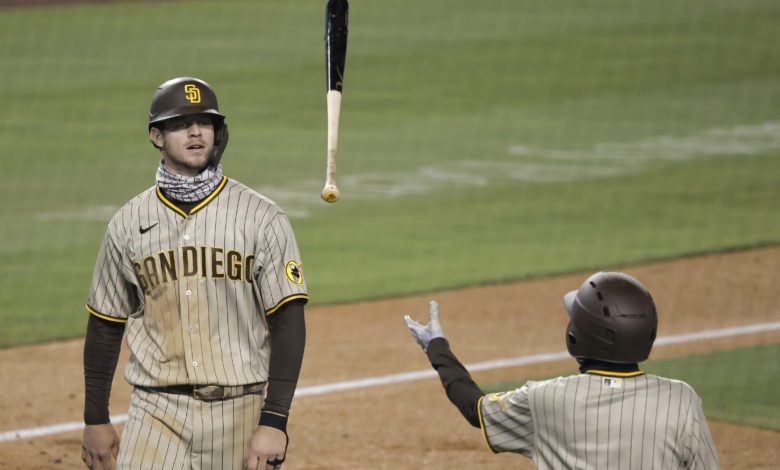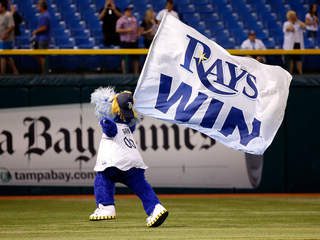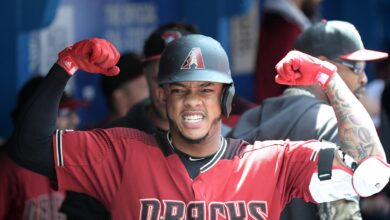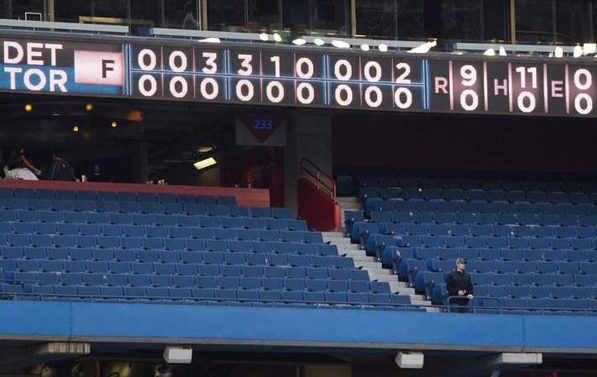
The Padres must capitalize on their investments — even if it means cutting ties with one of them.
The Padres and AJ Preller have invested in both franchise record-breaking and Major League Baseball free agent signing contracts in James Shields, Eric Hosmer and Manny Machado. Moreover, locked up their super star Fernando Tatis Jr. (arguably the face of baseball) for potentially the entirety of his career. In addition to extending Wil Myers. Furthermore, these investments are not delegated to a short-term window to compete. Moreover, also investing in marketable players that won’t hurt in further free agent negotiations — proving the Padres don’t need to be a small market team and can attract free agent players.
The Padres have not only invested money in the aforementioned players, but also in their reallocation of resources and with prospect capital. They have made a plethora of trades; in addition to being aggressive in the Major League Baseball Draft and International spending.
While the Padres haven’t mortgaged the future for moderately speeding up their window—not only to compete—but to potentially win a Championship; they have also dealt away a ton of depth to bring in established production.
Ty France, whom was traded to the Mariners in a package that brought back Austin Nola, surely wouldn’t have been moved had Hosmer not been on the roster or the teams starter. Cal Quantrill was traded in a package to land an established young top of-the-rotation starter in Mike Clevinger. Quantrill looks to have found a home in Cleveland and looked every part of the first-rounder last year that Preller had envisioned. Quatrill’s potential continued success could be easier to swallow, given Mike Clevinger’s track record. The same cannot be said for Austin Nola. The trade is far from being determined a win or a loss for either sides—as that takes years, but the premise is arguably the problem, not the trade in itself.
Trading away deemed expendable players lower on the depth chart primarily because you failed to cut ties when you should have is poor execution. Simply because that player is making more money but doing nothing productive. Case in point, Eric Hosmer.
San Diego has yet to deviate from their plan despite the for mentioned usage of prospect capital and depth; while still have managing to keep top prospects such as, CJ Abrams, MacKenzie Gore, Robert Hassell and Luis Campusano (to date). Additionally, AJ Preller and Co. previously had held on to their other most coveted prospects (after their 2015 run, spell Trea Turner); such as Austin Hedges, Hunter Renfroe (among others). The point being, while Preller and Co. have traded away a ton of depth in attempting at speeding up the process and selling high, they’ve also been cognizant of holding onto top prospects and still building from within.
That’s a key for any organization, not just smaller market teams.
That being said, with all the investments—both in financial obligations and risking moving depth in bulk—the Padres cannot disappoint in their pursuit of a Championship. Instead, they must double down on their window, investments, allocation of resources; as oppose to easing up on the gas pedal, pivoting and shuffling the deck. Now is not the time to once again emphasize creating more financial flexibility that could result in a slowing of their relentless pursuit or a ring.
While taking a more modest approach could create other options that may be more advantageous long-term, it shouldn’t be their focus.
No. They shouldn’t trade the farm deviating from their plan, but given the for mentioned variables, the time to double down on those investments attempting to win a Championship is now.
Taking the contrarian path could fail to justify and minimize the damage in trading away so much depth if those players continue their maturation process at the highest level.
The Padres have reportedly shopped both Eric Hosmer and Wil Myers, in addition to already freeing up some money by trading Adam Frazier. In doing so, some fans are under the belief they need to rid themselves of these remaining contracts to make more impactful moves.
Not necessarily.
The emphasis isn’t just about moving on from ‘bad contracts’; it’s more about creating payroll flexibility and to use that value in more productive ways. The Padres have money to spend, but they’ve also gone over the luxury tax threshold and can’t continue to be the top 1-3 team in MLB with the highest payroll—especially with said bad contracts. It’s one thing to have productive contracts while being in the top three teams in MLB in payroll, it’s another to continue to roll out those unproductive players because of those failed investments (Hosmer, specifically). That only magnifies those mistakes.
If the Padres want to win, Eric Hosmer isn’t the best option at first-base. And while that was an important signing because it symbolized a turning over of an old regime in failing to spend at all; it’s still okay to acknowledge it didn’t work out and cut ties. Not doing so could cost the Padres a playoff birth. In addition, attaching valuable prospect(s) and potentially eating down a substantial amount of his contract only works if you receive value in return. However, it doesn’t help to solely rid yourself of that mistake using top prospect value to create some flexibility.
Hosmer’s contract is bad, but it’s hardly the worst. And given the window to bring home San Diego’s first championship—with so many key players in place; it could impede the Padres’ goals to become increasingly frugal now and revert back to the former regime’s status quo.
In other words, if a team wouldn’t absorb a substantial portion of [Hosmer’s] contract, attaching a prospect with strong value—such as a Luis Campusano—you don’t do it. Unless you’re making your team better immediately while simultaneously creating flexibility to do other things.
If a team refuses to take on Hosmer’s contract while also sending some value to the Padres in a trade, the best option would be to DFA (Designate For Assignment) Hosmer, or delegate him to bench duties.
The fact that some depth pieces have gone on to have success in small samples should only solidify not continuously moving value lower on the depth charts because you have to play someone who’s worse because of a financial commitment.
Bottom line: the Padres should not attach a top prospect to solely rid themselves of Hosmer and his contract unless value is coming back to San Diego. It would be far more beneficial to DFA Hosmer (and $59M remaining), bite the proverbial bullet than potentially deal away a useful piece without return value. Either way you’re on the hook for a substantial portion of that contract, and dealing away another valuable piece in addition to simply making Hosmer go away would be counterproductive.
Having said that, the Padres can also not afford to balk at adding other valuable players, either through free agency or taking on relatively pricey contracts via trade.
The Friars may not be closer to earnestly competing for a division title again any time soon, considering many variables. The time to continue to strike and even potentially overpay and absorb bad contracts is now.
Obviously, the Padres can’t continue to spend huge, but now is not the time to let Hosmer’s $59M contract be the breaking point to add essential players to win a Championship.
The relatively new ownership group headed by Peter Seidler and Ron Fowler has been magnificent, but now is not the time to become cautionary while San Diego is on the cusp of something special.





